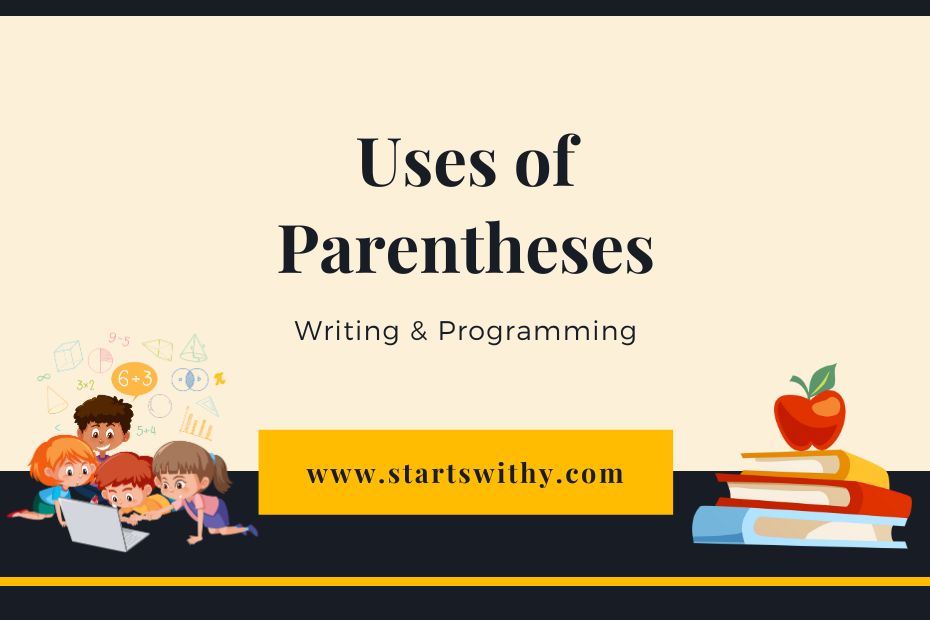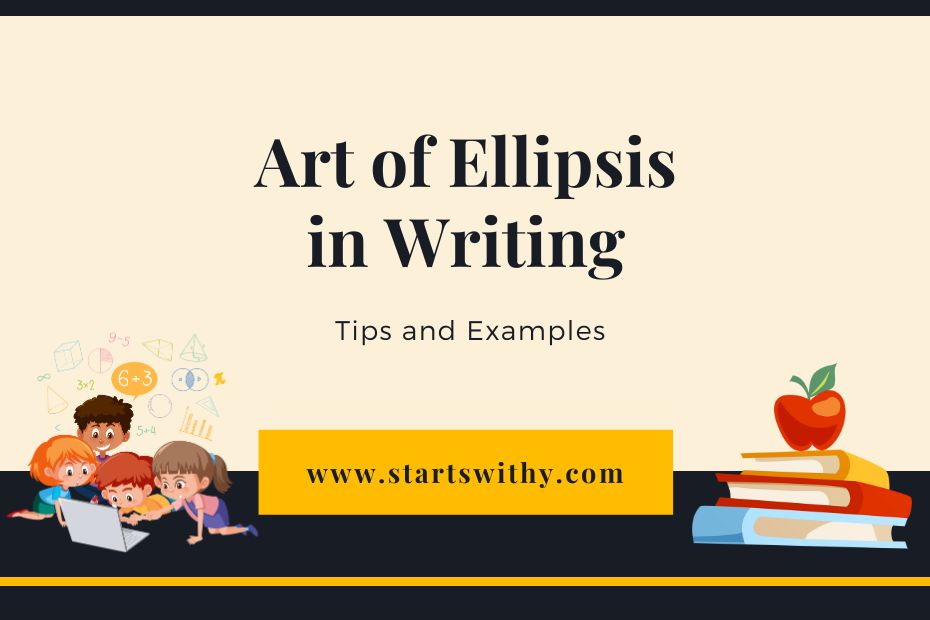Hey there! Are you one of those people who get hot under the collar when it comes to apostrophes? Well, you’re not alone! The humble apostrophe has a way of stirring up emotions and causing quite a stir. People message me daily with examples of misplaced apostrophes, and I’ve even created a hashtag (#apostroppy) to share instances of apostrophe abuse on social media.
But fear not, my friend! I’m here to help you navigate the tricky world of apostrophes and show you where to stick those little blighters. In this beginner’s guide, I’ll break down the rules for using apostrophes in a simple and easy-to-understand way. From showing possession to avoiding the dreaded apostrophe in plural words, I’ve got you covered.
What is an Apostrophe?
As a seasoned writer and grammar enthusiast, I often find myself discussing the topic of apostrophes. Many people reach out to me on a daily basis, sharing examples of misplaced apostrophes and seeking guidance. It’s true that the humble apostrophe can sometimes be a source of confusion and controversy. That’s why I’m here to help clear things up and provide a beginner’s guide to understanding apostrophes.
So, what exactly is an apostrophe? Well, put simply, an apostrophe is a punctuation mark that serves two main purposes in the English language: indicating possession and contracting words. It may be small in size, but its role is crucial in conveying meaning and grammar accuracy.
When it comes to showing possession, an apostrophe is used to indicate ownership or belonging. To denote possession for a singular noun, we add an apostrophe followed by an “s” to the owner word. For example, “the cat’s tail” shows that the tail belongs to the cat.
Here’s an important tip: if the plural of the word is formed by adding an “s,” the apostrophe comes after the “s.” For instance, “the cats’ toys” indicates that the toys belong to multiple cats.
On the other hand, when we want to contract words by combining them or shortening them, an apostrophe is also used. Contractions are a common feature in informal writing and conversation. For example, “didn’t” is a contraction of “did not,” and “you’re” is a contraction of “you are.”
Remember, it is crucial to never use an apostrophe in plural words. Plurals are formed simply by adding an “s” to the noun without any apostrophe. So, no matter how many cats, pens, teachers, or apples there are, they should not have an apostrophe.
Understanding the proper use of apostrophes is not only grammatically correct, but it also ensures clear communication and avoids confusion. In the next sections, I will delve deeper into the rules and guidelines surrounding apostrophes to further enhance your grasp of this punctuation mark.
Stay tuned for more valuable insights on apostrophes and the dos and don’ts that will help you master their usage.
The Role of Apostrophes in Contractions

Creating Contractions
In the English language, contractions are formed by combining two words and omitting some letters. Apostrophes play a crucial role in representing the omitted letters. When using an apostrophe to create a contraction, it is placed where the omitted letters would go. For example, “do not” becomes “don’t” and “I am” becomes “I’m”.
Contractions are commonly used in informal writing and speech to make the language flow more naturally. However, they are rarely used in technical or academic writing. Contractions are especially useful for expressing informal or conversational tones in writing and should be used appropriately in the appropriate context.
Examples of Contractions
To provide further clarity, here are some examples of common contractions:
- Don’t: contraction of “do not”
- Can’t: contraction of “cannot”
- Won’t: contraction of “will not”
- I’m: contraction of “I am”
- Let’s: contraction of “let us”
- We’re: contraction of “we are”
- You’ll: contraction of “you will”
These examples illustrate how apostrophes are used to form contractions and make written and spoken language more concise and expressive.
By using contractions, we can convey meaning efficiently and create a more conversational tone in our writing. However, it is important to note that contractions may not be appropriate in all contexts. In technical or formal writing, it is generally recommended to avoid the use of contractions to maintain a professional tone.
Using Apostrophes to Show Possession
As I mentioned earlier, apostrophes are punctuation marks used to indicate possession. Let’s now dive deeper into how we can use apostrophes to show possession in our writing. In this section, I’ll explain the rules for using apostrophes to indicate singular and plural possession, as well as with possessive pronouns.
Singular Possession
To show possession with a singular noun, we add an apostrophe and the letter “s”. This rule applies to most singular nouns, regardless of whether they end in “s” or not. Here are a few examples:
- a woman’s hat
- the boss’s wife
- Mrs. Chang’s house
However, there can be some confusion when it comes to nouns that already end in “s”. The best advice is to choose a formula and stay consistent. Some writers and editors add only an apostrophe to all nouns ending in “s”, while others add an apostrophe and an additional “s” to every proper noun. For example:
- the class’s hours
- Mr. Jones’s golf clubs
- the canvas’s size
- Texas’s weather
Plural Possession
When it comes to plural possession, the use of apostrophes can vary depending on whether the plural noun ends in “s” or not. Here’s the general rule:
- For plural nouns that do not end in “s”, we add an apostrophe and an “s” (‘s). For example: the men’s hats were purchased at our store.
- For plural nouns that already end in “s”, we add only an apostrophe (‘). For example: she wanted to be the people’s princess.
Possessive Pronouns
It’s important to note that possessive pronouns, like “its,” “hers,” “ours,” “yours,” “theirs,” and “whose,” already indicate possession and do not require an apostrophe. Adding an apostrophe to these pronouns is incorrect.
To summarize, apostrophes are powerful tools for indicating possession in writing. By following the rules for singular and plural possession, as well as being mindful of possessive pronouns, we can ensure our writing is clear and grammatically correct.
Common Mistakes to Avoid with Apostrophes
Its vs. It’s
One common mistake that writers often make is confusing the proper use of “its” and “it’s.” Both words are contractions, but they have different meanings.
- “Its” is a possessive pronoun, used to indicate that something belongs to or is associated with something else. For example: “The dog wagged its tail.”
- “It’s” is a contraction of “it is” or “it has.” For example: “It’s raining outside” or “It’s been a long day.”
Remember, “its” with no apostrophe is used to show possession, while “it’s” with an apostrophe is a contraction.
Your vs. You’re
Another common mistake involving apostrophes is the misuse of “your” and “you’re.” These two words also have different meanings and functions.
- “Your” is a possessive pronoun, used to show ownership or possession. For example: “Is this your car?”
- “You’re” is a contraction of “you are.” For example: “You’re going to love this movie.”
To avoid confusion, remember that “your” indicates possession, while “you’re” is a contraction for “you are.”
Their vs. They’re
Lastly, the misuse of “their” and “they’re” is another common error to watch out for.
- “Their” is a possessive pronoun, used to indicate that something belongs to a group of people. For example: “Their house is beautiful.”
- “They’re” is a contraction of “they are.” For example: “They’re going to the party tonight.”
To use these words correctly, remember that “their” shows possession, while “they’re” is a contraction for “they are.”
By being mindful of these common mistakes, writers can ensure the proper use of apostrophes and improve the clarity and grammatical correctness of their writing.
Conclusion
Mastering the proper use of apostrophes is essential for clear and grammatically correct writing. In this article, we explored some common mistakes to avoid when using apostrophes, focusing specifically on the correct usage of “its” and “it’s,” “your” and “you’re,” and “their” and “they’re.” By understanding the distinctions between these words, you can enhance the clarity and precision of your writing.
Remember, “its” signifies possession, while “it’s” is a contraction of “it is” or “it has.” Similarly, “your” indicates possession, while “you’re” is a contraction of “you are.” Lastly, “their” denotes possession, while “they’re” is a contraction of “they are.”
By using apostrophes correctly, you can avoid confusion and ensure that your writing remains professional and polished. So, next time you encounter these words, pay attention to their proper usage and make the necessary adjustments. Your writing will thank you for it!



